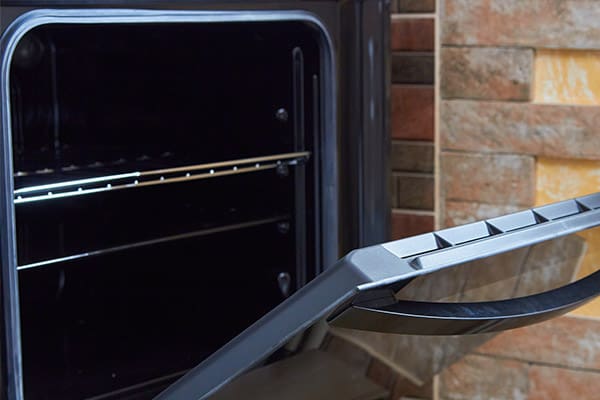
Without a worldwide ban on asbestos, the global economy still makes and ships products that contain asbestos. Some of those products can make their way into homes and workplaces in unusual ways.
Asbestos use has a long history in many different industries and products. For example, companies produced insulation with asbestos, and the mineral was even used in fake snow for holiday decorations. While many of these companies have stopped using asbestos in their products, here are 5 surprising places where you may still find asbestos.
Asbestos in Major Appliances
Companies that sell major appliances often used asbestos because it’s heat-resistant, durable and inexpensive. Studies of household appliances manufactured in Korea found that some large products used asbestos-containing materials until 2005. Some other household goods were produced with asbestos until 2007.
These products may have been sold at retailers in the United States and may still be in use today. Older appliances that contain asbestos may also still be found in businesses and homes.
Belts in Clothes Dryers
In the past, some dryers had belts made with asbestos. The belt turns the tub where the clothing is dried.
A standard clothes dryer can heat up to 125℉ to 135℉ when it’s in use. Dryer belts must withstand the heat required to dry clothes, which led manufacturers to use asbestos.
While most dryer belts made in the United States today do not contain asbestos, those from other countries might. It’s best to check with the dryer’s manufacturer to find out where the belt originated.
Rope Gaskets in Ovens
Older ovens used rope gaskets made with asbestos fibers, which seal the door to the stove. These gaskets help hold in heat so food cooks evenly.
While most rope gasket manufacturers use fiberglass today, older ovens may have gaskets made of asbestos. Anyone living in an older home or who owns an older oven may want to find out if their oven manufacturer used asbestos rope gaskets.
Baking Stones in Pizza Ovens
From the 1940s to the 1980s, companies made commercial pizza ovens with asbestos baking stones. These stones were made of a material called transite. Transite is a type of reinforced asbestos cement that can handle temperatures up to 1,000℉.
Johns-Manville, a major asbestos product manufacturer in the 1900s, created transite. The asbestos baking stones used in some of Blodgett Corporation‘s pizza ovens were made by Johns-Manville.
Asbestos in Exercise Equipment
Many people have spent time riding a bike, walking on a treadmill or using other exercise gear. Surprisingly, some popular pieces of exercise equipment have asbestos-containing parts.
Bicycle Brake Pads
While auto brakes have a history of asbestos use, some bicycle brakes have used it, too. In fact, a U.S. patent from 1979 shows the use of asbestos in bicycle brake pads, and a 1981 patent shows asbestos brake pads on exercise bicycles.
Research also shows asbestos in other bicycle parts, like seats, tires and frames. While some people believe asbestos is no longer used, researchers found some bicycle brakes had asbestos as recently as 2005. In fact, Bridgestone Cycle Co. found asbestos present in the brake pads of 19,500 children’s bicycles sold between October 2004 and August 2005.
The same research shows that asbestos exposure from bicycle brakes was lower than the environmental exposure limits. Still, brakes manufactured outside the United States may be less safe. For peace of mind, bike riders may want to check with their bicycle manufacturer about where they sourced the components.
Drive Belts in Treadmills
Researchers have found asbestos in the motor or drive belt on some treadmills. The treadmill became popular in the 1960s and 1970s before facts about the dangers of asbestos became widely known.
Much like clothes dryers, treadmills rely on a belt connected to a motor. As that motor turns the belt, the walking surface moves. If an asbestos-containing drive belt becomes damaged or worn, it could release asbestos dust. Newer treadmills and drive belts likely do not have asbestos if manufactured in the United States.




